Need to replace an electrical outlet? Here are a few reasons why you may need to change out an electrical outlet. If your current plug is painted over cracked or maybe you just don’t like the color you can easily do it yourself please note this video only covers changing electrical outlets for aesthetic reasons. If your outlet does not function from issues such as a short or a fire then you should not attempt to replace it and should instead consult a professional electrician further. This video covers only standard electrical outlets and not GF I protected outlets. To learn more about GFI outlets please see our other videos.
For this project you’ll need;
- A new electrical outlet
- Electric nuts flathead
- Phillips screwdrivers
- Needle nose pliers
- Wire stripper
- Voltage detector
- and a new electrical outlet plate
first go to your main circuit panel find the breaker labeled for the room you’re working in and switch it to the off position. Use your voltage detector to make sure that the outlet has no power. Next unscrew and remove the plate carefully. Unscrew the screws at the top and bottom of the outlet that hold it in the junction box gently. Pull the entire outlet out of the wall make a visual inspection. If you notice any exposed wires put an electric wingnut on them. Now find where the wires are attached to the outlet. If it’s an old receptacle you may have to insert a screwdriver in the side to release the wires. On newer receptacles loosen the screws on the sides just far enough to release the wires. If you can’t release
them clip them close to the connection and then carefully strip away the insulation to expose the copper. Make sure the wires aren’t afraid at all ,if they are clip the wire and insulation for a clean connection. Curve the wires around the screws black wires on the hot side and white wires on the other. Be sure to check for labeling on the back this particular outlet says hot wire on the side with gold screws. Make sure you also attach the ground wire for the best connection. Make sure that enough of the insulation is removed so that only the copper wire is under the screw. When it’s attached some outlets have a stripped gauge on the back to indicate how much copper needs to be exposed with the wires connected to the new outlet. Gently push it back into the junction box secure it to the junction box and install the new cover plate. But be careful and don’t over tighten the screw as it can crack the plate. Lastly turn the circuit breaker back on for the room test the outlet to make sure it’s in good working order and you’re all done.

Recent Comments